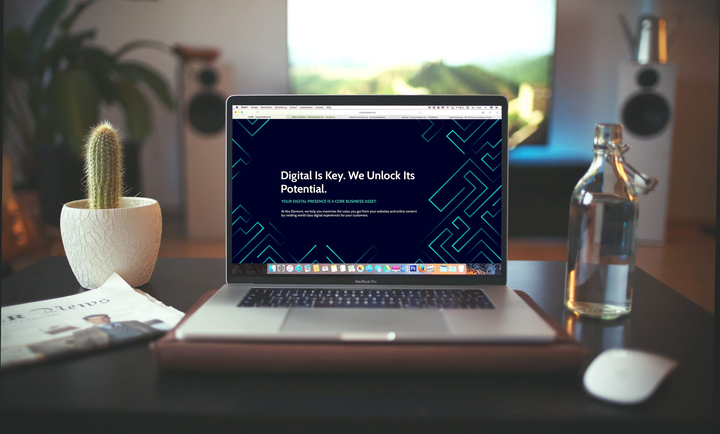
How website design can affect user experience
A company’s website is one of the most important components in their marketing strategy. Unlike external marketing campaigns, it is an expense that you are already covering. It is always on, unlike in-person interaction. And where advertising over mainstream media channels requires the consumer to purchase or subscribe to that media platform, they can find and access your website at no extra cost.
This is something that you will want to spend time on to ensure that you get it right first time, and there are several things that need to be considered. You want your website to look visually appealing, and to fit in with your wider marketing aesthetic. It also needs to function as intended and be easy to navigate.
With so many aspects to think about, what are the most important? And how much of an effect will they really have?
A cohesive approach
Your customers are likely to be coming to your website through a variety of avenues. For some this will be the first thing they see, but others may have interacted with you in person or discovered you through social media or traditional marketing spaces. It is good practice to establish a cohesive design strategy across all areas of your business. Not only does this look more professional, but it will reassure new customers that they have come to the right place.
User-focused design
When designing a company website, it is important to remember that you are building it for the benefit of your current and potential clients, and this needs to be prioritised over your own tastes and preferences. Whilst an attractive and modern looking website can be impressive, it is the information and functionality that must be leveraged.
Your website also needs to be intuitive to use. If design elements distract from or obscure the information that your visitors are looking for then they will look elsewhere.

Information-hierarchy and site architecture
Think carefully about the content that you are including in your website. Which items are people most likely to require on a first visit? What things do you most need them to see? These are the items that should be the most immediately available.
That doesn’t necessarily mean that all of these things should be displayed on your home page – if it is too cluttered then the information will be lost. Instead, make sure that the pages which your customers are most going to want or need to access are available in the least number of clicks and with minimal scrolling. Having direct links to these pages or placing them at the top of drop-down menus will place them in the path of least resistance and encourage visit retention.
Visual hierarchy
Within the individual pages of your website, there are going to be elements that you want to prioritise over others. Items at the top of the page are going to naturally draw more attention than those further down. Varying the size of elements on the page, as well as the use of different colours and fonts can make sure that the information you want to emphasise draws more notice.
Accessibility
As well as making sure that your content is easy to find, it is also important that your website is easy to read. Commonly people think of accessibility in terms of disabled users. Clear layouts, simple fonts and high contrast colours can be helpful for people with poor vision. Simple language is more accessible for visitors if your website is not in their native language.
When making your design accessible you also need to think about the different ways that people will be visiting your website. Complex pages containing multiple elements are more difficult to view in mobile browsers. And pages with a high image to text ratio, or that include bandwidth-heavy elements such as sound or video will not be easily accessed by those with a slower internet connection or who rely on public networks.
Usability
Your website needs to be as intuitive to navigate for as many different demographics as possible. It is important to bear in mind that your target audience is not going to have a universal level of technological literacy. And you may end up catering to a wider variety of customers than you originally thought. If your website is difficult to navigate then you risk alienating potential clients. It is highly unlikely however that someone will chose another company because your site is too clear.



